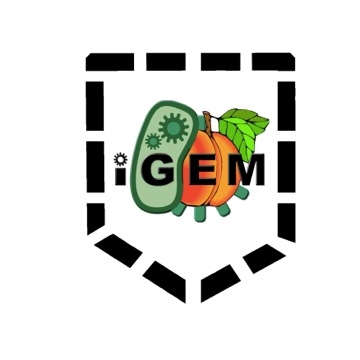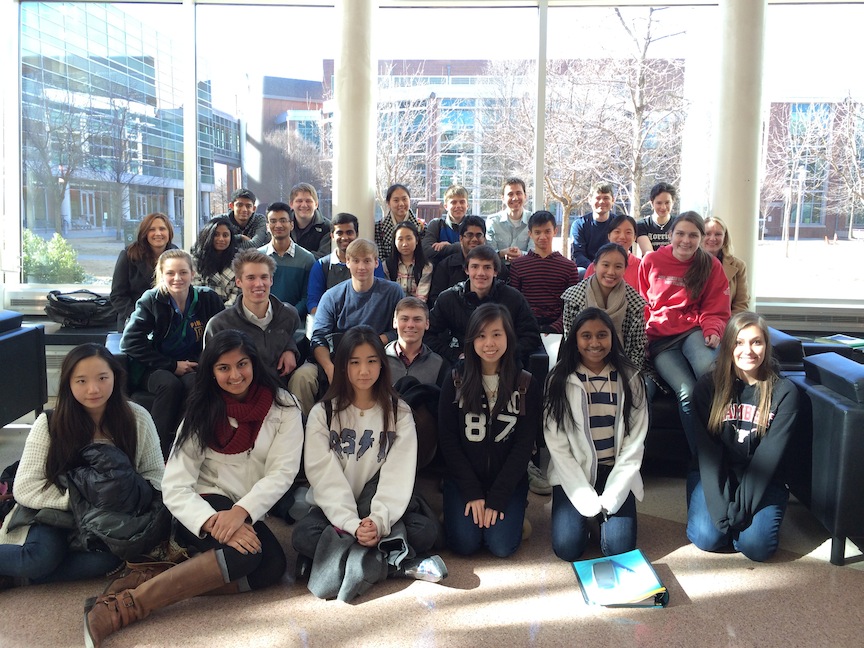Team:Lambert GA
From 2014hs.igem.org
(→Attributions) |
(→Acknowledgements) |
||
| Line 41: | Line 41: | ||
=Acknowledgements= | =Acknowledgements= | ||
| - | (Insert what they did) | + | <nowiki>(Insert what they did) |
A huge THANK YOU! is due to: | A huge THANK YOU! is due to: | ||
- Dr. Mark Styczynski, Georgia Institute of Technology and his Team. | - Dr. Mark Styczynski, Georgia Institute of Technology and his Team. | ||
| Line 54: | Line 54: | ||
The Lambert High School iGem team would've never have gotten this far without all of their help and support. | The Lambert High School iGem team would've never have gotten this far without all of their help and support. | ||
| + | </nowiki> | ||
=Human Practices= | =Human Practices= | ||
Revision as of 16:00, 13 June 2014
| You can write a background of your team here. Give us a background of your team, the members, etc. Or tell us more about something of your choosing. | |
|
Tell us more about your project. Give us background. Use this as the abstract of your project. Be descriptive but concise (1-2 paragraphs) | |
| Team Lambert_GA |
| Official Team Profile |
|---|
Contents |
Intro
Tell us about your team, your school!
The Lambert High School iGem Team was first started in 2013 by Mrs.Standeven... (Insert rest of information)
Science!
Lambert high school’s iGEM team is working with multiple chemical compounds such as ethylene and chitosan to create a chemical circuit in which fruit ripens and stays ripe longer. This circuit contains two basic pieces, an aerosol ethylene spray whips ripens fruit, and a chitosan based anti-fungal that stops fungi from feeding off the saccharides on the surface, and inside the fruit, which causes rotting. The Trento UNITN college iGEM team created BBa_K1065000 An ethylene producing part. The second part of the circuit, the chitosan, has proven harder to biologically produce. It is currently produced with chemical intensive process that doesn't always create the correct type of chitosan. Chitosan is a deacetylated form of chitin, a very common organic compound found in cell walls. Chitosan is naturally produced in nature as a food source for many organisms. This is due to the protein chitin deacetylase (CDA) which removes an acetyl group from chitin. Our goals is to extract the CDA gene from the organism Saccharomyces cerevisiae, a very well-known strain of yeast, and express it in E. coli to mass produce the enzyme and create chitosan from chitin in a less chemically intensive way. We are also attaching a histidine tag in order to aid in extraction of the final protein. Lastly we are planning on creating a BioBrick of the CDA gene for future implications. The ultimate goal would be to engineer a system switch that would ripen fruit on demand while protecting the exterior from rotting.
Methods
Show us how you spent your days.
Methods 1
Methods 2
Results
What did you achieve over the course of your semester?
Safety
What safety precautions did your team take? Did you take a safety training course? Were you supervised at all times in the lab?
Acknowledgements
(Insert what they did) A huge THANK YOU! is due to: - Dr. Mark Styczynski, Georgia Institute of Technology and his Team. - NSF grant #1254382 - New England Biolabs and Chris Cook - Chik fila John’s Creek - Lambert High School and Principal Dr. Gary Davison - Ge Family - Jaemor Farms - Northside Hospital, Forsyth - III Below Films The Lambert High School iGem team would've never have gotten this far without all of their help and support.
Human Practices
What impact does/will your project have on the public?
Fun!
What was your favorite team snack?? Have a picture of your team mascot?
<forum_subtle />
 "
"

